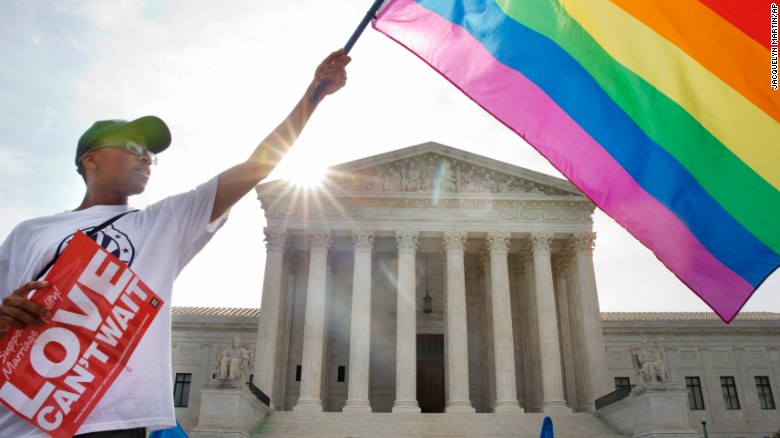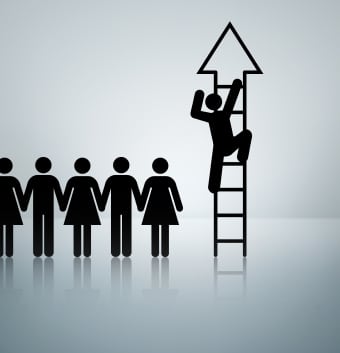Apparently I’m not very good at self-promotion. I said before that I would provide monthly recaps of my personal blog The Slow Hunch, but I’ve failed to do so the last…5 months.

So here I am again to provide all three readers of my blog with a lengthy list of posts you probably missed:
- The Magical World of Miyazaki – Talks about my favorite insight from Japanese animator Hayao Miyazaki in the documentary The Kingdom of Dreams and Madness on seeing the world in a magical way. Also features a nice video tribute to his work.
- Finding Meaning Within Chinese Factories – Journalist Leslie Chang’s TED talk on Chinese factory workers and the need to listen to their voices in the debates around globalization.
- Being Co-Creators With God – Features some excerpts from and comments on the slim AEI-published book Entrepreneurship for Human Flourishing regarding our participation in the divine activity of creation and its potential for helping the poor.
- “I Don’t Want to Go”: Or, Having an Existential Crisis in Barnes & Nobles – A brief personal story about my anxieties over uncertainty, self-worth, and mortality.
- 2015 Mormon Scholars in the Humanities Conference – The abstract for my paper presented at the 2015 Mormon Scholars in the Humanities Conference this April, entitled, “”A Friend Shall Lose His Friend’s Hammer”: An Eschatological View of Work.”
- “Masonry Stands Up For the Nobility of Labor”: Masonry and Mormonism – A rather long excerpt from Albert Pike’s 1871 Masonic book Morals and Dogmas in which he lays out a view of labor very similar (and likely influential) to Mormonism.
- Groundhog Day: Salvation in the Mundane – A mixture of thoughts from social scientist Charles Murray and philosopher Adam Miller on the mundane, grace, the good life, and Groundhog Day.
- Mowing the Lawn of Eden – Brief commentary on an excerpt from a wonderful NYT article on the happiness lurking in the mundane and repetition of everyday life.
- “Labor Is Worship”: Building the Material and Spiritual Temple – Draws on Albert Mackey’s 1882 The Symbolism of Freemasonry to discuss Masonry’s view of labor and how it relates to early Mormonism’s temple building.
- Work’s Covenantal Relation to the Sabbath – A brief insight from Abraham Heschel’s classic The Sabbath on work and the Sabbath.
- Markets in a Zion Society – A portion of an unpublished paper that explores the cooperative nature of markets and its tendency to produce moral results, including fairness, generosity, and peace.
Enjoy.






 The Canada-based Fraser Institute has a new project titled The Essential Hayek. As
The Canada-based Fraser Institute has a new project titled The Essential Hayek. As  Historian Benjamin Park has an
Historian Benjamin Park has an 
